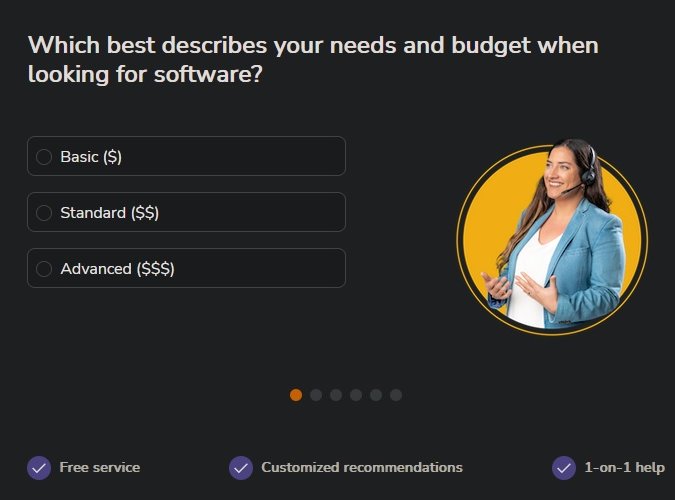EV Public Charging Networks
Public charging networks are the foundation of nationwide EV adoption, providing accessible charging points for drivers beyond home or workplace locations. These networks connect highways, cities, and communities with Level 2 and DC fast charging infrastructure, ensuring that range is no longer a barrier for passenger cars, light trucks, or commercial fleets.
Technology and Scale
Public networks typically combine Level 2 chargers for dwell-time parking with DC fast chargers (50–350 kW) for rapid refueling. Increasingly, operators are preparing for the transition to Megawatt Charging Systems (MCS) for heavy-duty freight corridors. Many networks are also experimenting with solar canopies, on-site storage, and microgrid integration to reduce costs and improve resilience at high-demand sites.
10 Largest Charging Networks
The availability of public charging stations for EVs is growing, spearheaded by the ~35,000 Tesla Supercharger in the U.S. The majority of charging stations in the US are still Level 2, which can take several hours to fully charge an EV. However, this is rapidly growing as all Tesla Superchargers are Level 3 DCFC, which can charge an EV to 80% in as little as 20 minutes.
| CPO network | Total Ports | market % |
|---|---|---|
| 1. Tesla | 34K | 53% |
| 2. Electrify America | 5K | 7.5% |
| 3. Chargepoint | 4.5K | 7% |
| 4. EVgo | 3.5% | 5.5% |
| 5. EV Connect | 2.3K | 3.5% |
| 6. Blink | 1.8K | 2.8% |
| 7. Red E | 1K | 1.5% |
| 8. Pilot Flying J | 800 | 1.3% |
| 9. Rivian Adventure | 800 | 1.3 |
| 10. Ionna | 300 | 0.5% |
All other networks (EV Connect, FLO, Shell Recharge, Volta) = 15%
There are 175 state and national parks in the U.S. that offer charging for electric vehicles. See EV Charging at Parks.
Tesla Supercharger Network (U.S.)
Tesla Destination Charger Network (U.S.)
Tesla has the most destination chargers in the U.S.
Other Stats
L2 stations = Level 2 charging station locations
L3 stations = Level 3 (DCFC) charging station locations
L2 ports = total Level 2 charging ports
L3 ports = total Level 3 charging ports
| Network | L2 stations | L2 ports | L3 stations | L3 ports |
|---|---|---|---|---|
| AmpUp | 42 | 174 | ||
| Blink | 3,248 | 8,960 | 76 | 154 |
| bp pulse | ||||
| Chargemap | ||||
| ChargePoint | 14,155 | 47,114 | 1,147 | 1,675 |
| DBT CEV | ||||
| Electrify America | 134 | 152 | 980 | 3,800 |
| EV Connect | 686 | 2,774 | 61 | 183 |
| EVBox | ||||
| EVCS | 21 | 141 | 30 | 175 |
| EvGateway | 18 | 81 | 3 | 29 |
| EVgo | 295 | 464 | 849 | 1,711 |
| FLO | 259 | 440 | 1 | 2 |
| Francis Energy | 29 | 85 | 114 | 545 |
| Green Motion | ||||
| IONITY | ||||
| Livingston | 29 | 188 | ||
| Mercedes-Benz | ||||
| OpConnect | 142 | 563 | 15 | 28 |
| Pod Point | ||||
| PowerFlex | 33 | 626 | 3 | 5 |
| Rivian | 20 | |||
| Shell Recharge | 821 | 2,309 | 279 | 477 |
| Star Charge | ||||
| Tesla | 4,436 | 14,677 | 2,075 | 20,000 |
| Tritium | ||||
| Volta | 913 | 2,199 | 18 | 19 |
| Webasto | 59 | 60 | 56 | 56 |
| ZEF Energy |
While the availability of Level 3 fast charging stations is improving, there are some gaps, particularly in rural and remote areas. This can make long-distance travel more challenging, especially if you need to detour to find a charging station. However, the situation is improving as more companies invest in charging infrastructure, and all US states are offering incentives to encourage the development of charging stations.
In addition to public charging stations, many EV owners install Level 2 charging stations at home, which allows them to fully charge their vehicle overnight. Many employers and hotels also offer Level 2 charging stations (aka destination charging), which can be convenient for EV owners who need to charge their vehicle while they're at work or staying at a hotel.
